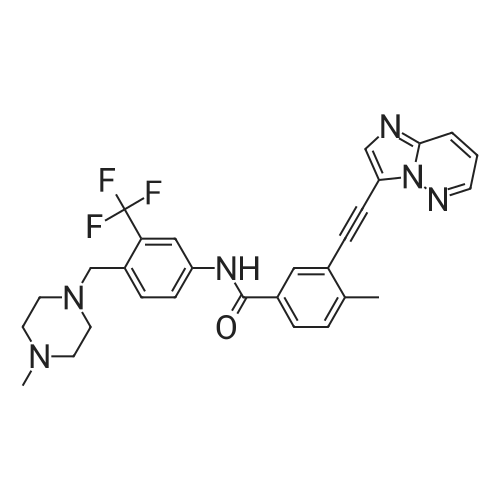More
Abstract: T cell bispecific antibodies (TCBs) are a novel class of T cell engagers redirecting T cells towards tumor cells, facilitating the formation of a cytotoxic synapse and resulting in tumor celllysis. On-target activity of TCBs may come with a risk of Cytokine Release Syndrome (CRS), characterized by elevated levels of pro-inflammatory cytokines in the serum, such as IL-6, IL-1β, TNF-α or IFN-γ and over activation of immune cells. Besides, the expression of the tumorassociated antigen on healthy cells may induce off-tumor activity of the TCB and contribute to inflammation. Despite the use of step-up dosing, glucocorticoids, or tocilizumab to manage or prevent these safety liabilities, they remain the major dose-limiting toxicities associated with the treatment of T cell engagers, highlighting the need to develop preventive mitigation treatments. To this aim, we investigated the biological mechanisms and the chronology of events involved in TCB-mediated cytokine release and explored mitigation strategies that might retain profound treatment efficacy while reducing cytokine release. Using an in vitro co-culture of peripheral blood mononuclear cells (PBMCs) or total leukocytes(PBMCs + neutrophils) and target cells with the respective TCBs, or whole blood treated with a B cell depleting TCB, we confirmed the contribution of T cell and myeloid cells and revealed the role of neutrophils in the TCB-mediated cytokine release. In the same model, the use of anticytokine neutralizing antibodies provided insights into the chronology of events triggering the cascade of cytokines after TCB stimulation. Ultimately this work guided the evaluation of mitigation strategies directed against T-cell derived cytokine release by targeting kinases involved in signaling pathways downstream of the T cell receptor (TCR) after stimulation with TCBs. A novel small molecule-kinase inhibitors screen identified mTOR, JAK and Src inhibitors as candidates to switch-off T-cell derived cytokine release. We validated the effects of these kinase inhibitors and fine-tuned their effective doses in in vitro co-cultures of peripheral blood mononuclear cells (PBMCs) and tumor cells with the respective TCBs. In vivo, we used nontumor or tumor-bearing-humanized NSG mice to assess the effect of mTOR, JAK and Srcinhibitors on CD19-TCB-mediated cytokine release and anti-tumor efficacy. Altogether, we confirmed the biological mechanisms of the TCB-mediated cytokine cascade and revealed the contribution of neutrophils. Our work on kinase inhibitors highlights their differential activities on the inhibition of cytokine release and/or T cell cytotoxicity and demonstrates the decoupling between both mechanisms. Our data open new horizons for the prophylactic mitigation of CRS with the use of FDA approved mTOR and JAK inhibitors or the transient use of the Src inhibitor dasatinib. Finally, our results also indicate that dasatinib may serve as an “antidote” against adverse events related to the treatment with TCBs such as high grade CRS or unpredictable off-tumor activity of TCBs, a strategy which is now implemented the clinic.

 Chemistry
Chemistry
 Pharmaceutical Intermediates
Pharmaceutical Intermediates
 Inhibitors/Agonists
Inhibitors/Agonists
 Material Science
Material Science















 For Research Only
For Research Only
 120K+ Compounds
120K+ Compounds
 Competitive Price
Competitive Price
 1-2 Day Shipping
1-2 Day Shipping




